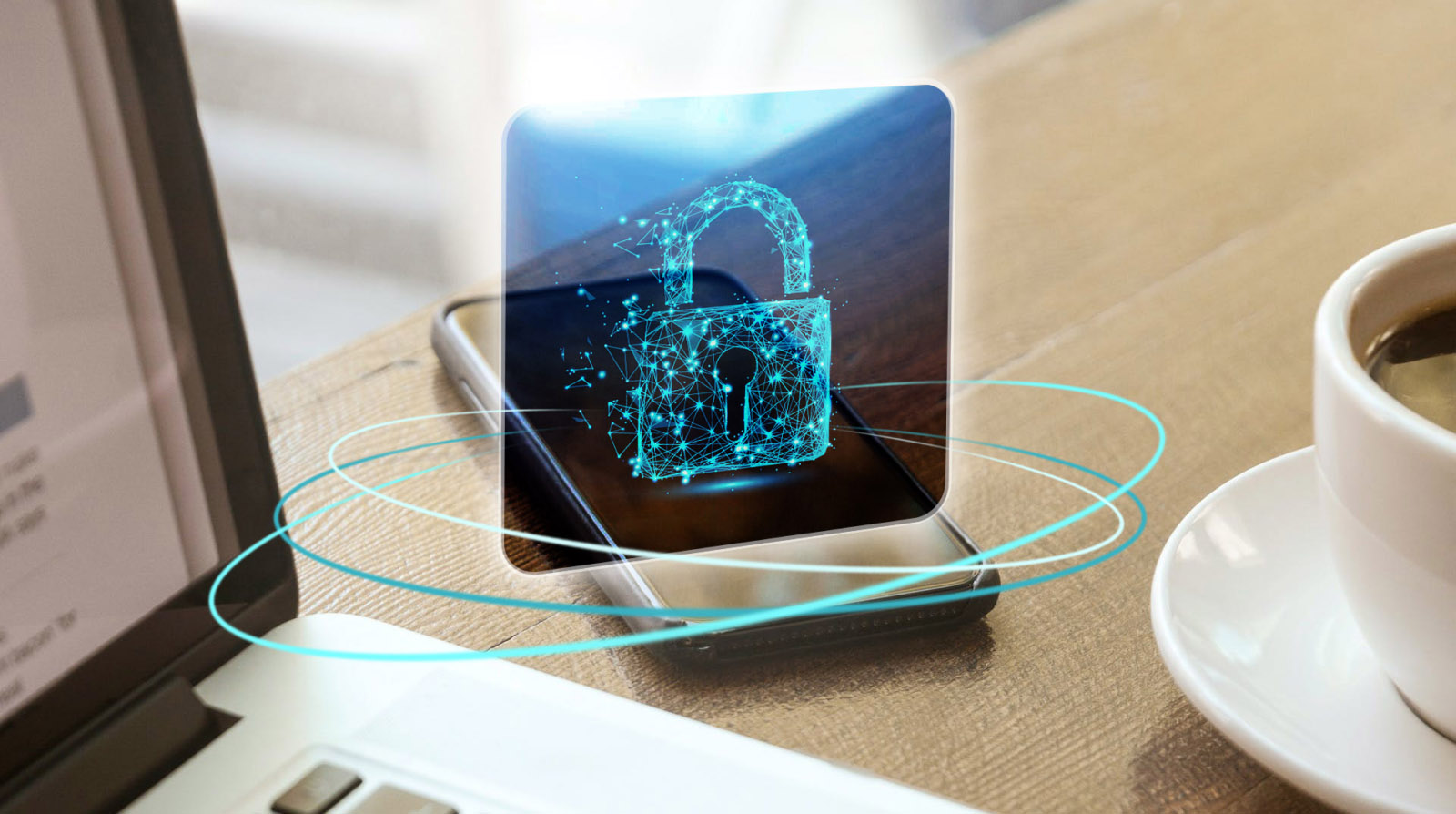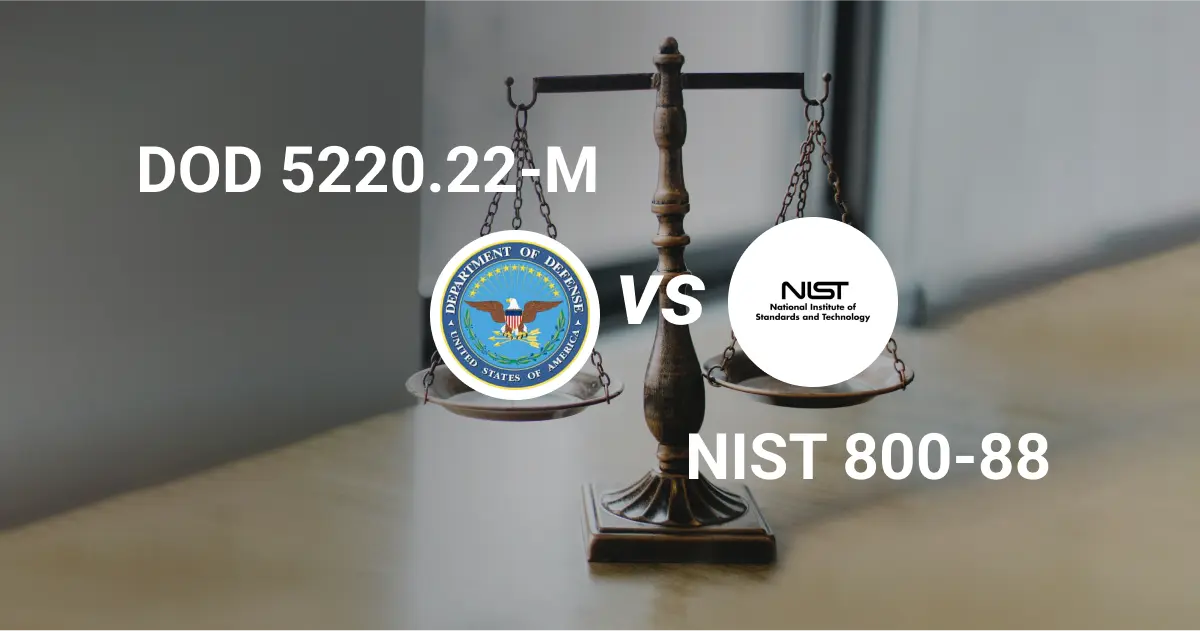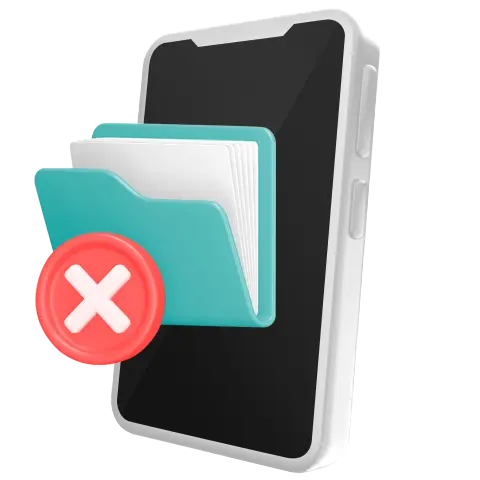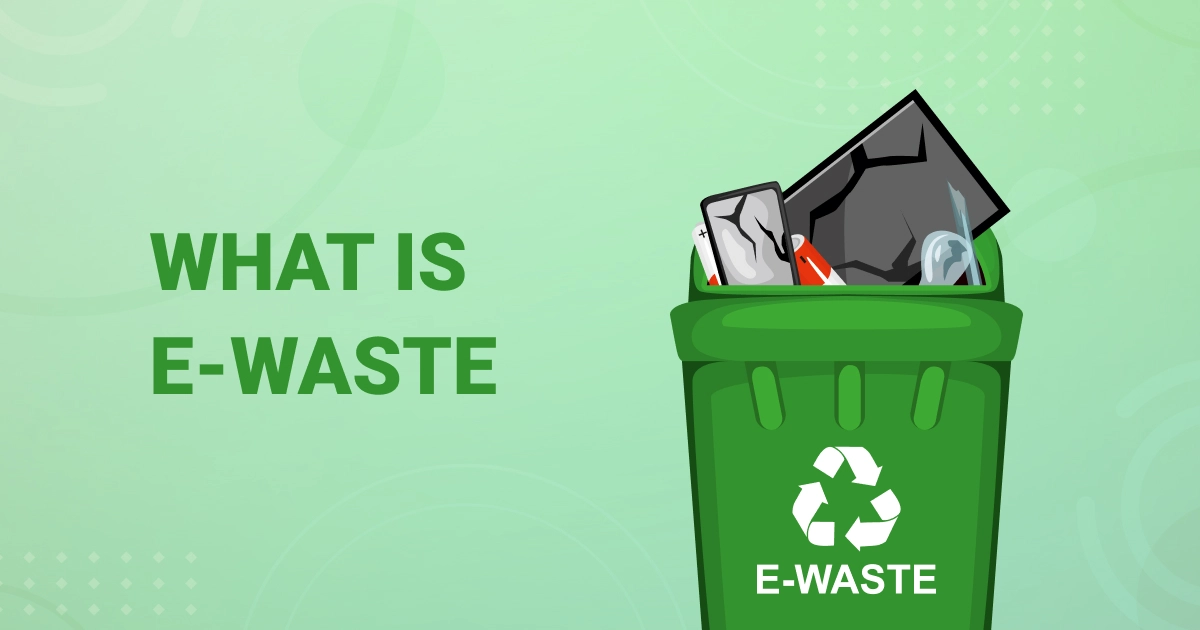In the digital age, where data is the new oil, protecting sensitive information has become a top priority for organizations worldwide. The vast amount of data generated daily demands robust and secure data erasure practices to prevent unauthorized access or data breaches. To this end, data destruction standards such as the Department of Defense (DoD) 5220.22-M and the National Institute of Standards and Technology (NIST) 800-88 serve as crucial guidelines for organizations to ensure secure data sanitization. In this context, understanding the differences between DoD 5220.22-M and NIST 800-88 is essential.
What is the DoD Standard for Data Erasure?
The DoD 5220.22-M standard employs multiple overwrite passes to guarantee secure data removal from storage devices. While this method is effective for magnetic media, it falls short when it comes to chip-based devices like SSDs and mobile devices, which can experience wear and reduced lifespan from the intense overwrite process.
How is the DoD 5220.22 M implemented?
The DoD 5220.22-M standard mandates a procedure of 3 or 7 overwrite passes. This process is designed to erase previously stored data on drives securely by overwriting data with a pattern of zeroes, then a pattern of ones, and finally, a random bit pattern. This method ensures the permanent removal of data from storage devices.
The DoD 5220.22-M standard is most effective for magnetic media such as tape drives, floppy diskettes, and hard drives. It's designed to overwrite the previously stored data, ensuring that the original data cannot be recovered.
What are the limitations of DoD 5220.22-M?
However, this method is notably time and resource-intensive. It could take hours or even days to completely overwrite and ensure data irrecoverability, depending on the storage size and storage device. In such cases, target data recovery becomes a crucial service to consider.
Despite its effectiveness for magnetic media, the DoD 5220.22-M standard needs to be revised when applied to modern chip-based storage technologies. Its inefficiency for these modern devices is one of the reasons why many organizations have transitioned towards using the NIST 800-88 standard.

What is NIST 800-88?
The NIST 800-88 standard offers an efficient, comprehensive approach to data sanitization. With just one write pass, it caters to a broader range of storage devices, positioning it as a modern, inclusive standard.
The single-write-pass method is more cost-effective than the DoD 5220.22-M standard's resource-heavy procedure. Hence, organizations aiming to reduce operational costs while upholding robust data security practices are inclined towards the NIST 800-88 standard.
The NIST 800-88 standard wipes the drive's contents, including hidden areas. This method is faster than individually overwriting each block and is particularly efficient for securely removing data from different storage technologies, such as smartphones’ SSDs.
NIST vs. DoD Data Erasure Standards: A Quick Comparison
When comparing the DoD 5220.22-M and NIST standards, the latter emerges as the more cost-effective and efficient option for data erasure. With its one-write pass method, the NIST 800-88 standard reduces operational expenses significantly compared to the DoD's multiple overwrite passes.
Furthermore, the NIST standard's comprehensive approach to data erasure makes it practical for various storage types, including modern SSDs. This versatility, coupled with its efficiency, establishes NIST 800-88 as the preferred standard for data sanitization.
Which Data Erasure Standard is the Best for You?
For businesses, the implementation of these data erasure standards is imperative for the protection of sensitive information and the prevention of potential data breaches. However, choosing the right standard for your purposes might take time and effort.
You need to consider the following points:
- Assess Your Specific Needs: Evaluate the nature of the data you handle, the types of storage media used, and your regulatory compliance requirements. High-security environments may benefit more from the DoD standard, while more diverse or modern IT environments might align better with NIST guidelines.
- Consider Operational Impact: Consider the time and resources you can allocate to data erasure. The DoD standard, while thorough, can be more time-consuming than some NIST-recommended methods.
- Evaluate Future Scalability: Consider how your data erasure needs might evolve. NIST's adaptable and diverse guidelines may offer more flexibility for future changes in your IT infrastructure.
- Review Regulatory Requirements: Ensure that the chosen standard meets your industry and region's legal and regulatory requirements. NIST is a perfect option for companies operating with smartphones, as it complies with R2V3 certification. The DoD standard is mainly used for hard drives rather than phones.
- Consult with Security Experts: It can be beneficial to consult with data security experts or IT professionals who can provide insights into the most suitable standard for your organization.
The choice between DoD 5220.22-M and NIST 800-88 data destruction standards depends on various factors, including the sensitivity of the data, the types of storage media used, compliance requirements, and the operational capabilities of your organization. A careful analysis of these aspects will guide you in selecting the most appropriate and effective data erasure standard for your needs.

Conclusion
In summary, while both DoD 5220.22-M and NIST 800-88 are recognized standards for data erasure, NIST 800-88 is the more modern and efficient option. It requires only one write pass and covers a broader range of storage devices, making it more cost-effective and versatile than the DoD standard. Businesses should aim to implement these standards by selecting vendors that comply with the DoD and NIST requirements, ensuring proper compliance and certification.
As we look to the future, data erasure standards will continue to evolve alongside technological advancements. The continuous updating and improvement of these standards are integral to ensuring secure data erasure, protecting sensitive information, and preventing data breaches. Staying informed about these developments is crucial for businesses to effectively maintain their data security protocols.
While both standards are recognized and used, NIST 800-88 has gained preference due to its more modern and efficient approach toward data erasure. It's essential for businesses to understand the differences between these two standards, DoD 5220.22-M and NIST 800-88, and choose the one that best serves their needs and aligns with their data security protocols.
Frequently Asked Questions
What is the difference between DoD 5220.22 M and NIST 800 88?
The NIST 800-88 standard is more contemporary and accommodates newer technologies compared to the 25-year-old DoD 5220.22-M standard.
What is the NIST 800-88 standard?
The NIST 800-88 standard is recognized for defining data sanitization procedures for various storage technologies, including magnetic and flash-based devices (for example. smartphones). It is not limited to any specific technology.
What factors should I consider when choosing a data erasure vendor?
When choosing a data erasure vendor, consider factors such as compliance with industry regulations such as R2, data sensitivity, reputation, experience, customer support, and cost-effectiveness. These factors are crucial in making an informed decision.
How can businesses ensure compliance with data erasure standards and proper certification?
Businesses can ensure compliance with data erasure standards and proper certification by incorporating data sanitization practices that meet the guidelines outlined in NIST 800-88 and DoD 5220.22-M standards. This will help effectively and permanently eliminate data from storage devices.








